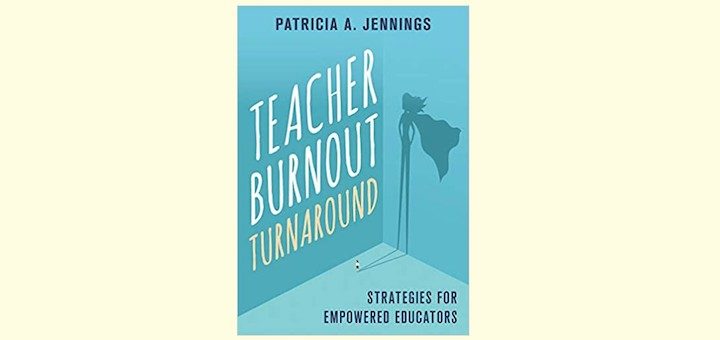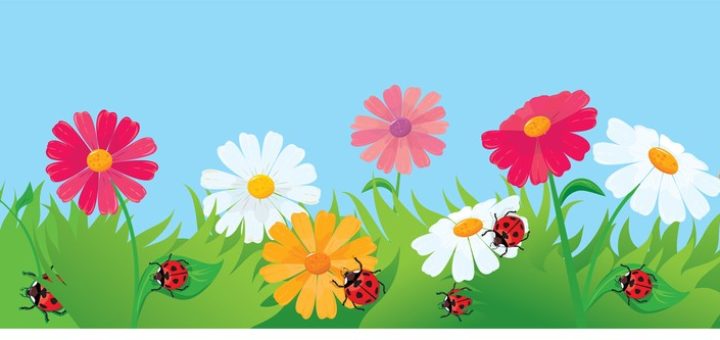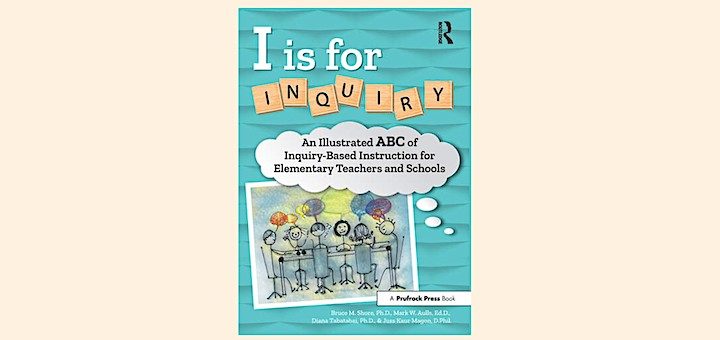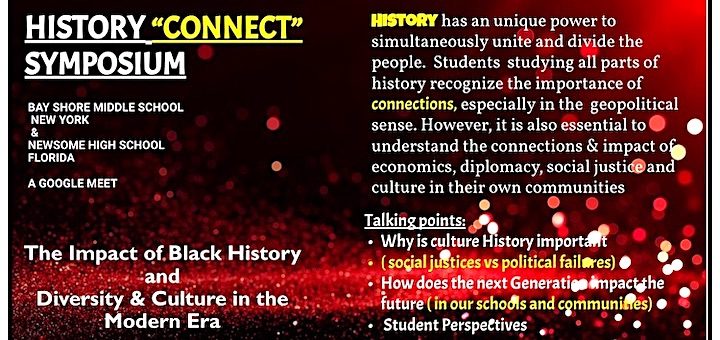Teaching and learning in grades 4-8
School leaders often find themselves coping with unexpected events that create turbulence and uncertainty. During the pandemic, these challenges have expanded and intensified. Ron Williamson and Barbara Blackburn share six researched steps to help leaders respond effectively.
The increase in teacher burnout started well before the pandemic, author Patricia Jennings writes in “Teacher Burnout Turnaround.” Jennings’ strategies can help educators overcome and replace a worn-out education system, reading specialist and coach Ashley Falkos believes.
As Russia begins its invasion of Ukraine, many adults turn to the news to stay informed. Our students do too. Expert Frank Baker considers where kids get their news these days and shares resources to help them follow current events in an era of sensationalism and disinformation.
While supervision has a place in schools, the purpose is not to improve instruction, writes principal and author Matt Renwick. Leading like a coach supports teaching and learning, and principals will be in a prime position to do this vital work if they develop three coaching skills.
Boost learning and fun this spring with quirky calendar celebrations collected by ed consultant Anne Anderson. Whether it’s observing National Optimism Month in March or Paper Airplane Day in May, adding exclamation points to the arrival of spring is a win for everyone!
School leader DeAnna Miller remembers the geometry class of her teens as an unwelcoming place with low expectations for most students. She agrees with Stanford’s Jo Boaler that math can be a more vital and engaging subject when teachers help students adopt growth mindsets.
Staying abreast of cutting edge research is challenging for busy educators. Curtis Chandler spotlights two areas of current study that really impact student success – Trauma Informed Pedagogy and Collective Teacher Efficacy – and shares his own wish list for future inquiry.
I Is for Inquiry presents a diverse repertoire of concepts to help teachers be intentional about embedding inquiry-based teaching and learning strategies into their lessons and supporting K-12 students in embracing a learning mindset, writes Michael McLaughlin.
Jennifer Ingold wants her history students to make the connection between primary-source research and preparation for informed and civil disagreements. Learn about her MLK historical scene investigation activity and a virtual Black History Symposium among students in NY and FL.
Lately Michelle Russell’s students aren’t just talking about how anxious math makes them; many are lamenting about how boring math is. Beyond trying to make math fun via puzzles and games, she’s now looking for methods to spark more intrinsic interest in the world of numbers.







































